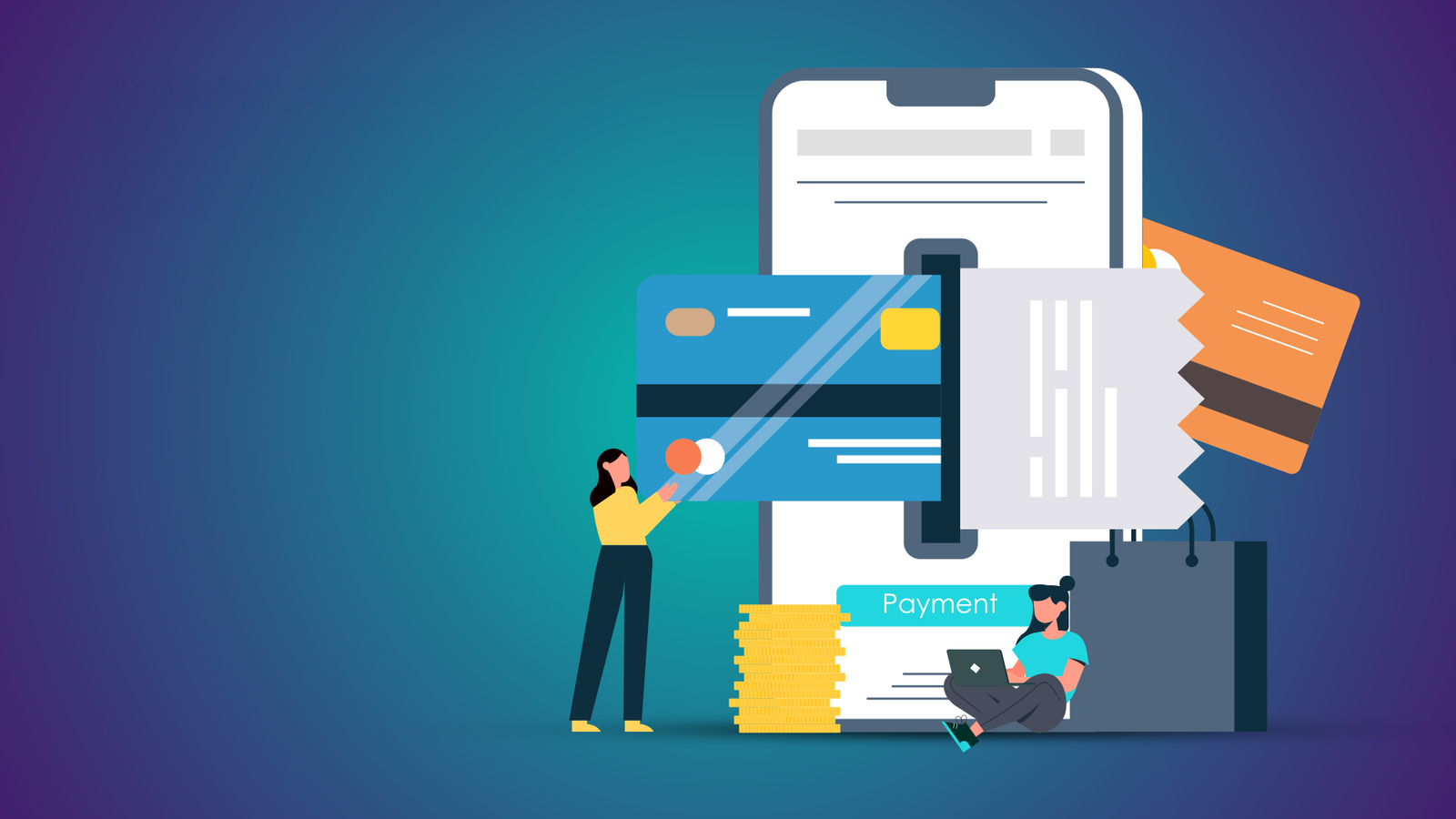Executive Overview
As digital commerce matures, enterprises face rising expectations for seamless, secure, and scalable payment experiences. At the core of this capability lies the payment gateway—an often underappreciated yet pivotal component of the digital infrastructure. More than a conduit for transactions, a payment gateway directly influences user trust, operational efficiency, and revenue growth. For decision-makers, selecting the right gateway is not merely a technical evaluation—it is a strategic lever for performance and expansion.
The Role of Payment Gateways in Enterprise Operations
Payment gateways function as the secure interface between customers, merchants, and financial institutions, facilitating real-time transaction authentication and data encryption. They validate user information, enforce fraud protection protocols, and ensure regulatory compliance—all within milliseconds.
It is essential to differentiate payment gateways from payment processors. While the gateway manages secure data transmission from the point of purchase, the processor executes fund transfers between financial institutions. Together, they form the infrastructure powering modern commerce, but each performs distinct roles in the transaction lifecycle.
Enterprise Criteria for Strategic Gateway Selection
Selecting a payment gateway demands a rigorous, multi-dimensional evaluation aligned with organizational objectives and user expectations. Key criteria include:
1. Security and Compliance
Enterprises must ensure the gateway complies with PCI DSS standards, supports tokenization, and incorporates dynamic fraud prevention capabilities. As regulatory landscapes evolve globally, non-compliance can result in financial penalties and reputational damage.
2. Integration Capabilities
Seamless interoperability with enterprise systems—such as ERP platforms, CRMs, accounting software, and digital storefronts—is critical. API flexibility and developer support can determine the speed and success of integration, particularly in omnichannel environments.
3. Payment Flexibility
Modern consumers expect diverse payment options across geographies and devices. A future-ready gateway should support traditional card payments, digital wallets, installment solutions, and emerging technologies such as cryptocurrency—ensuring accessibility and reducing friction.
4. Cost Structure Transparency
Beyond transaction fees, enterprises must evaluate the full cost of ownership, including setup, monthly service charges, chargeback handling, and cross-border transaction fees. A comprehensive pricing model supports accurate financial forecasting and budgeting.
5. Global Scalability and Support Infrastructure
Global enterprises require gateways that offer multi-currency support, regional compliance alignment, and consistent performance across borders. Access to real-time, enterprise-grade customer support is essential to maintain business continuity during high-volume periods or service disruptions.
Evaluation of Leading Payment Gateways
A competitive landscape assessment reveals varied strengths across providers:
- Stripe offers advanced developer tools and global APIs suited for technology-driven enterprises requiring deep customization and international capabilities.
- Square integrates effectively with physical retail environments and is optimized for omnichannel businesses seeking simplicity and fast deployment.
- PayPal combines brand recognition with global reach and is particularly effective for businesses seeking rapid market entry and ease of use across demographic segments.
- Authorize.Net provides strong reliability and security, making it suitable for organizations prioritizing subscription billing and legacy compatibility.
- Braintree delivers multi-currency, mobile-first experiences and is designed for enterprises prioritizing global scale and frictionless digital checkouts.
Key Trends Shaping the Future of Payment Gateways
To remain competitive, enterprises must proactively adapt to the following developments:
- Digital Asset Enablement
Increasing interest in cryptocurrency and token-based commerce is prompting gateways to expand asset class compatibility, especially in innovation-led industries. - Biometric and Token-Based Security
The shift toward biometric verification and tokenization is improving authentication security while minimizing user friction. - Omnichannel Consistency
Consumers expect unified transaction experiences across devices. Gateways must support persistent session data and responsive interfaces across web, mobile, and point-of-sale systems. - Optimized Checkout UX
Simplified checkout designs—such as one-click payment options—are now essential to reduce cart abandonment and improve conversion rates. - AI-Powered Fraud Mitigation
Intelligent systems are replacing static rule sets, allowing for real-time risk scoring and proactive fraud detection without compromising the user experience.
Conclusion: Reframing the Payment Gateway as Strategic Infrastructure
For digitally ambitious enterprises, the payment gateway must be treated as a core infrastructure investment—on par with CRM systems or data platforms. Its influence on revenue capture, compliance, customer retention, and market expansion is both measurable and material.
Strategic Recommendations for Enterprise Leaders:
- Align payment gateway decisions with long-term digital strategy, considering scalability, integration, and global market alignment.
- Establish cross-functional evaluation teams involving IT, finance, and customer experience to ensure comprehensive assessments.
- Continuously audit and benchmark performance metrics, including transaction success rates, latency, and user abandonment.
Organizations that take a proactive, strategic approach to payment infrastructure will be better positioned to optimize customer journeys, unlock international growth, and drive sustained competitive advantage.

